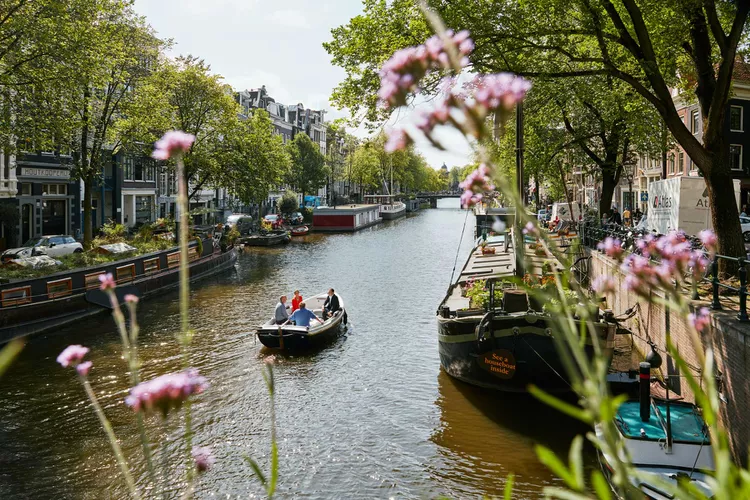Experience River Cruising with GoTravelDaily
Overview of River Cruising
Standing on my private balcony as the AmaSiena navigated the mist-cloaked Rhine River, I had a postcard view of the pastoral German countryside. Terraces of dew-drenched greenery rose to meet a stone-gray sky. Punctuating this tableau was a procession of castles, the sort of soaring medieval fortresses I’d previously only seen on jigsaw-puzzle boxes. One, crowned with a series of ink-black towers, looked straight out of a fairy tale. This was like no other cruise I’d ever experienced, having gone on over 30 cruises, mostly in the Caribbean.
Cultural Immersion Perks
On my trip through the Netherlands, Germany, France, and Switzerland last summer aboard the newly launched ship, we sailed past mountains blanketed in dense deciduous forests and towns filled with gabled cottages. In Cologne, Germany, we docked less than five minutes from the city center and its 700-year-old Gothic cathedral. In Amsterdam, a brief 10-minute stroll across canal bridges adorned with fresh flowers separated me from indulging in a paper cone of thick-cut fries topped with mayonnaise.

Onboard Experience on AmaSiena
The ease of cultural immersion isn’t the only perk I discovered. A typical river cruise carries fewer than 200 passengers, a scale that, in the pandemic era, feels more comfortable than a 3,000-person mega-ship. The AmaSiena, which is the newest vessel in the fleet of AmaWaterways, accommodates a maximum of 156 passengers in its 78 cabins. All passengers must be vaccinated. Beyond the lack of large crowds, the ship’s design allows passengers to reach the pier in just two minutes, sidestepping the usual odyssey of packed elevators that occurs on larger vessels. With only four decks, two restaurants, a lounge, a fitness room, a small swimming pool, and a salon, I found it easy to navigate the ship.

While river ships operated by AmaWaterways, along with other brands catering to U.S. travelers, such as Tauck, Uniworld Boutique River Cruises, and Viking, may lack some luxuries of larger oceangoing vessels, they excel in providing a highly professional atmosphere and service on par with European hotels. The cabins on the AmaSiena are spacious and filled with natural light, featuring balconies and contemporary décor. Meals are beautifully presented alongside house wines or beers, and the complimentary Wi-Fi remains strong throughout the ship. The only additional costs involve tips for tour guides, with few opportunities for extra spending.

Land Exploration Opportunities
The biggest surprise for me, as a first-time river cruiser, was the abundance of land activities. River ships cover shorter distances, which means that there are no “sea days”. Each morning, the AmaSiena arrived at a new port. Kristin Karst, executive vice president of AmaWaterways, humorously remarked, “For us, every day is a ‘see day’.” This aspect of river cruising is attracting more visitors to Europe’s rivers. Karst noted, “We’ve seen a significant number of new bookings for 2022 from traditional ocean cruisers seeking smaller ships with more personalized experiences.” As I marveled at those enchanting castles, I realized that sometimes you don’t even need to step ashore to appreciate your surroundings.





